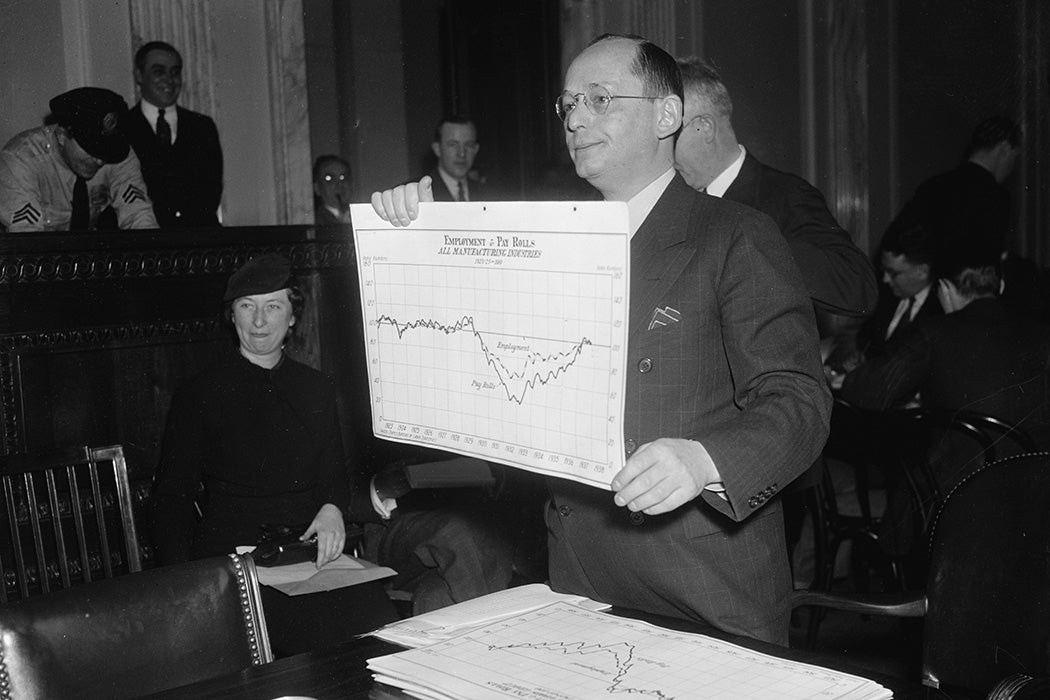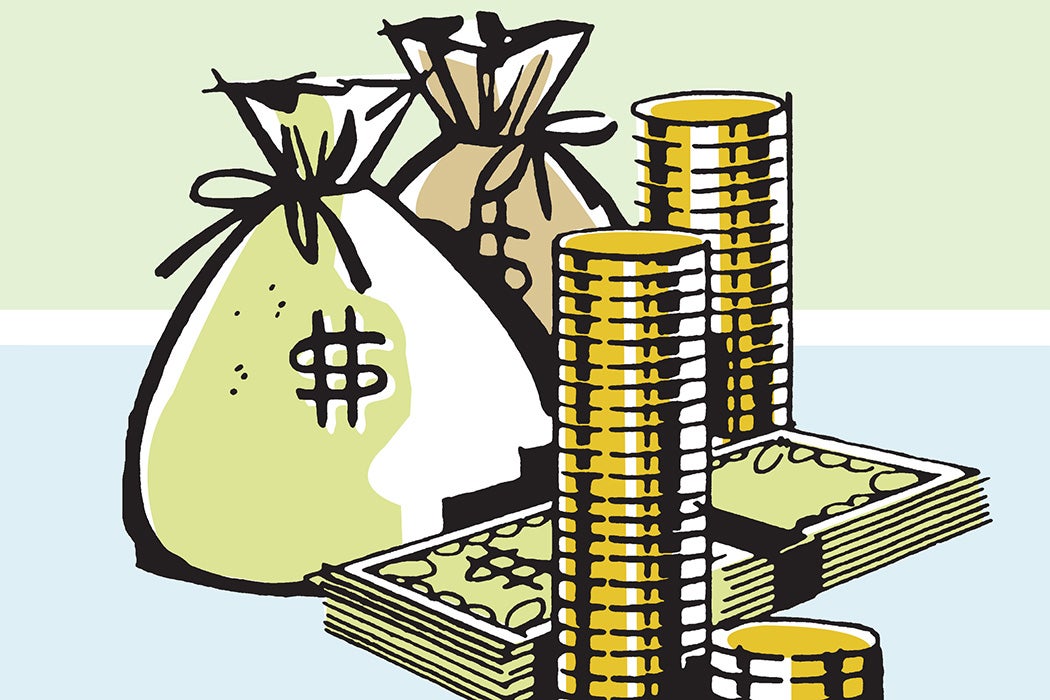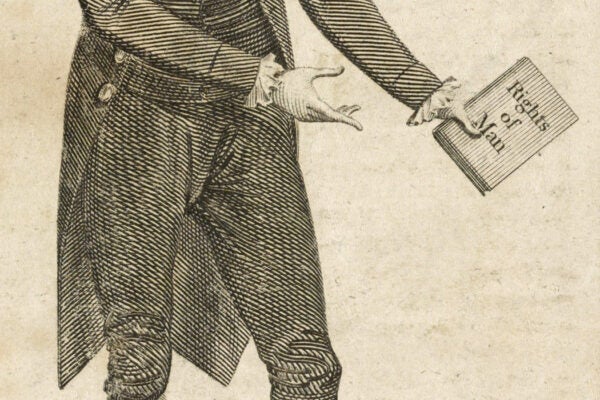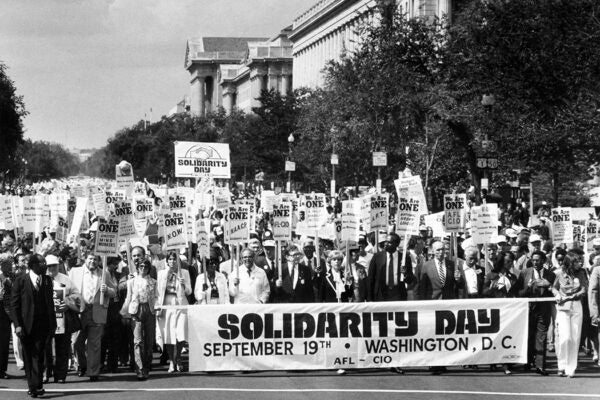If you have a question about how workers and consumers are doing, you’ll probably turn to economic statistics of one kind or another. But who comes up with those numbers? As economist Hugh Rockoff writes, economic metrics have been the subject of political controversy since they were invented.
Rockoff writes that many ways of measuring the economy came about between the late nineteenth century and World War II. In those decades, Americans were fighting over some big ideas. Did immigration raise or lower wages? How could military spending affect employment? Were robber barons exploiting workers and hoarding profits, or were wage-earners sharing in the bounty created by a growing economy?
Rockoff starts with the price indexes we use to measure inflation. Our modern version of the tool began in 1884 with the establishment of what would become the Bureau of Labor Statistics (BLS). Its numbers were based on a survey of expenditures by “normal” households, with characteristics including having less than six kids and not owning their own home. Price indexes guided government officials in determining “fair” settlements to labor disputes and setting cost-of-living adjustments to wartime wage controls. But exactly how to measure prices was always a matter of political disputes. For example, during World War II, labor leaders argued that the cost-of-living index failed to consider extra costs imposed on families by the war.
More to Explore
How Progressives Legalized Usury
The second statistic Rockoff considers is national income. In the 1910s, a number of economists began looking into the shares of income going to wages, land rents, company profits, and so on. They generally found that labor had lost ground over the previous decades, but their prescriptions ranged from limiting immigration to dramatically increasing government control over businesses’ operations.
Economists also argued about what to include in national income. One 1918 report mentioned that including unpaid work done within households would add billions of dollars to the economy’s size. A different economist suggested leaving out spending on military weapons, which, he noted, were counted as “economic goods” even though they “might well be considered worthless and even harmful.”
Weekly Newsletter
Rockoff’s last example is unemployment rates. For a long time, there was no solid measurement that political leaders could agree on. In 1930, President Herbert Hoover leaned on surveys of certain employers that suggested joblessness had already peaked, while Frances Perkins fired back with different numbers. It was only in 1940 that the Works Progress Administration began surveying random people each month to check their employment status.
This proved so useful that, when the WPA ended in 1942, the Census Bureau, and later the BLS, took the work over. By the 1950s, unemployment was understood as a crucial indicator of economic health, though its calculation was also debated. For example, labor leaders argued that it should include not just people actively looking for a job but also those who had become discouraged and were no longer job hunting. That debate, like many others concerning how to think about economic statistics, remains active today.








